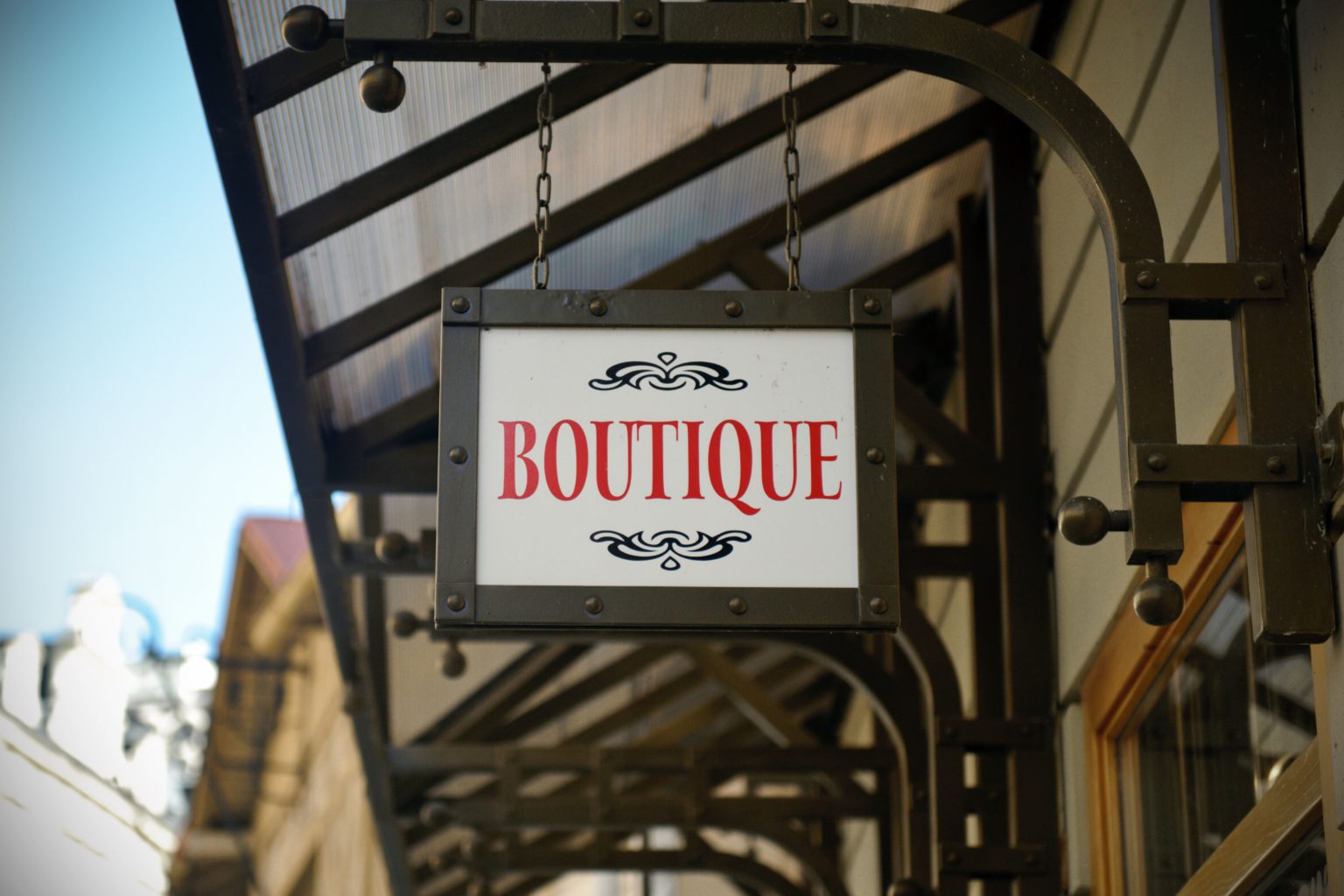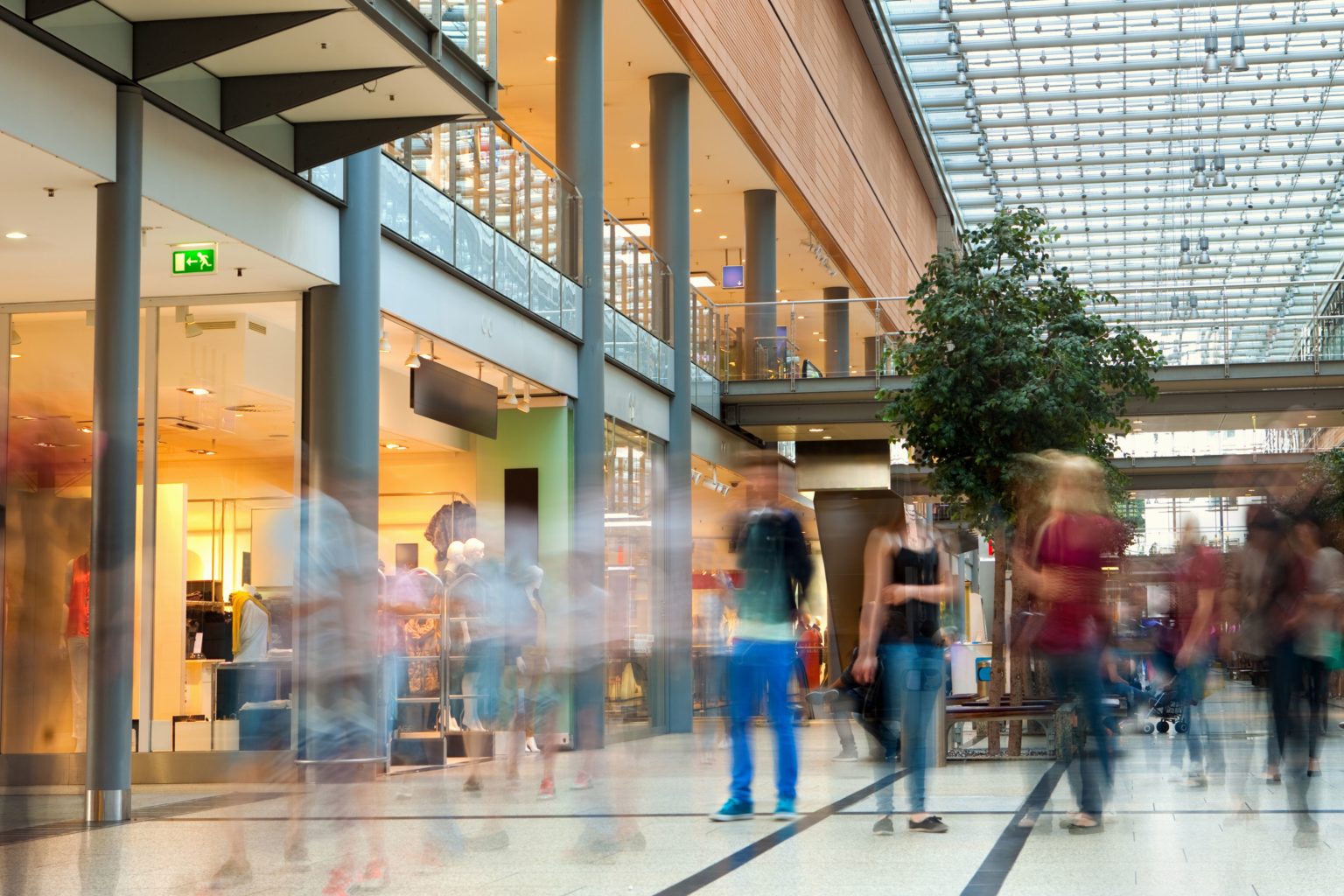Traditional shops can learn a lot from e-shops
The generational evolution of the e-shop is a fascinating subject. Gen-Zs are referred to as digital natives, (meaning that they have no memory of a pre-internet world), and also millennials who grew up with the internet as it rapidly evolved. These days, the current ease of shopping online is taken for granted. A trip to waybackmachine can be very entertaining. There is a much bigger lesson for everyone in the business of selling in a physical shop to look at online to embrace live video shopping.
Shops to e-Shops - Bricks to Clicks
There is perhaps one huge difference between a physical shop and an e-shop. The traditional shop needs to position products from the shop window or isle best able to attract attention to key products, whereas the e-shop has to capture the engagement and exploration of the site to win sales.
The shop space might be likened to a stage, the salespeople being the cast on set. The e-shop is dominated by the click centric layout, so to a shop but whereas the chain store was designed and directed to allow the people in the store to create the vision, an e-shop was built by a web designer and thus the salespeople, are the “faces” of the e-shop have the limited window to engage and sell.

Navigation and Signage
In a physical store, signage tends to be more category centric. Then it is often about highlighted price sensitivity. We can point to the European stores of Marks & Spencer, they spent around 20 years struggling in particular with clothing ranges, these saw the company attempt to maximise clothing rail and rack space by deep loading the clothes. This was completely at odds with online where products are as such “showcased”. Ironically, Marks & Spencer was already showcasing food and focused on premium products. In the last year’s market update for investors, one that is keenly watched by the entire industry, the company has finally seen a turnaround in its clothing operations. This turnaround has been a result of introducing other products from well-known external brands alongside its own branded items and spacing them as “eye-catchers”, rather than packing them in racks too densely.
Domain Names Are Signs Too
As physical stores that have survived the transition into eCommerce have evolved, one noticeable touch from Marks & Spencer has been to use the abbreviation M&S, a short term that has found its way onto many surfaces, shoppers actually say “I’m going to M&S”. Visual it works well but it’s a surprise that the domain name for the iconic name remains in long-form “marksandspencer.com”. A clever digital strategy could have been to shorten the domain or have multiple domain names such as mands.com promoted. This is something that retailers across the spectrum could really adopt and utilise. In fact, product unique IDs could be used.
Although perhaps not ideal for an e-shop chicken seem to fly to our homes now via online delivery. KFC are really in full form Kentucky Fried Chicken, they established the short form KFC long ago, and millions of customers order the product menu home each day. Now imagine that you were a less known fried chicken seller, perhaps you might have one of those instantly forgettable names, but why not link online sales to something funny like “stickyfingers.com” for example? There is another massive effect we cannot escape in the post-Covid era where supply chain issues and inflation are causing product shortages. We see a massive missed opportunity, it’s one that rather expansive consultants would be expected to have proposed, and perhaps they have. They have space to add a link where a product might be missing.

The QR Code
We live in a very mobile phone-centric world and one where mass adoption of the QR code is a feature. If you have ever been to Japan or Korea, you will see that retailers have taken quite a massive leap into the QR placement for shopping in-store. This is not so widely embraced in the West. A physical store can only stock and show so much, but a QR code even including the logo of the brand inside it can offer an expanded e-shop linking new or exclusive online products and services. If you have ever had to track down a salesperson to enquire about a product that seems unavailable, you will need the SKU code, this is the unique code/barcode for the item. The QR code can make this simpler. Most mobile phones can allow anyone to capture this. This is a golden opportunity to blend video shopping into retail.

Product Demand for Dummies
If you have been following our blogs, it might have made you wonder if the author was actually a time traveller, somehow combining long lost commercial examples with visions of the future. Who knows, perhaps time travel is real… Another forward-looking prospect for the current day retailer aspiring to combine v-tail has a long-lost example to use that has patiently been looking forward to the future. Long ago, a very big consumer electronics retailer, a household name in the UK that tragically collapsed under a controversial tenure in the hands of Private Equity, literally turned down a digital tool that could have been the drill bit for a goldmine of sales generation. The very same company also missed the opportunity to become big in the booming mobile phone sector and ultimately became a nostalgic memory for shoppers and a former employer to 6,000 people.
Retailers have buyers, they are very important people. Buyers will typically be hiding away in a head office, perhaps fortunate to enjoy international trips to major product suppliers who treat them like Royalty. Often, these buyers join the business on a graduate recruitment program and are fast-tracked to management positions. Catastrophically, these buyers are often too distant from the stores and customers who drive everything the business earns revenues on. One fine day a buyer actually visited a flagship store, dressed in an expensive suit she was armed with a big computer printout. The feedback from the salespeople was that many high product unit sales were being lost every day due to a limited stock of the in-demand units.
The salespeople were told, “We sell all the units I order and I know because I’m looking at this printout”. The idea proposed by this author was that on the computer system all that would be needed was a “missed sale” option in the “sold order” field. The buyer could not grasp that they could have sold 10X more of the units if they had the true demand data. Zooming ahead more than a couple of decades, we now have product shortages all over retail. But we now have the chance to use consumers as our direct indicators of “I want one” and the QR code with the mobile phone could transform the empty space in the store, powering a new sales opportunity online, either via e-commerce or live video shopping.

Summing-up
The physical retailer of today is agile and smart. They combine digital with the detail of retail which is the golden resource of its people. The in-store space is really one that can be linked to a video shopping channel. Perhaps for follow-up products out of stock, exclusives or product launches. The choice is yours. By blending video with clock cart navigated sales flows, you can maximise and leverage the valuable shop space beyond the store and unlimited by shop opening hours. The moral of the story is to make sure that the dummies are only in the shop window… After all, Amazon is opening supermarkets, why? Because they know that combining the digital platforms with physical retail makes sense, and Amazon has the biggest data advantage of any retailer on earth.
Let’s get you up and running for video call shopping, zoen.shop, ready to meet you face-to-face, because video channels bring us together.

